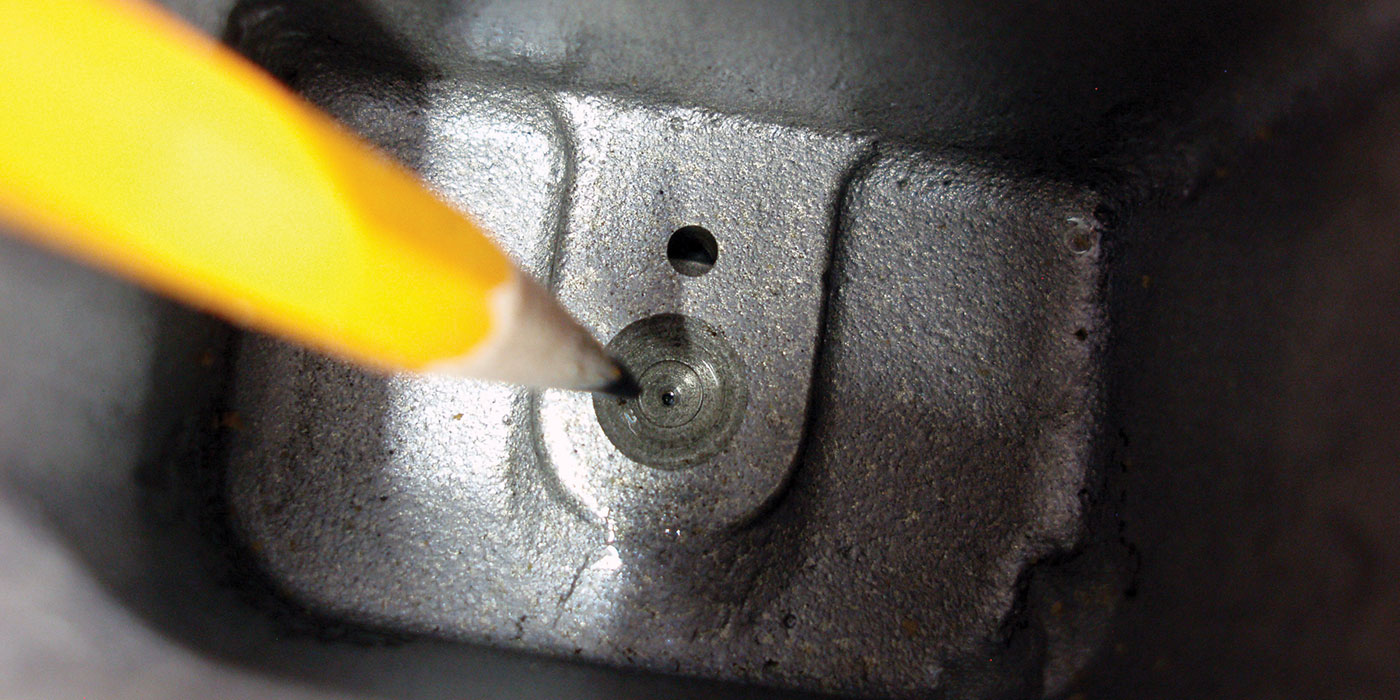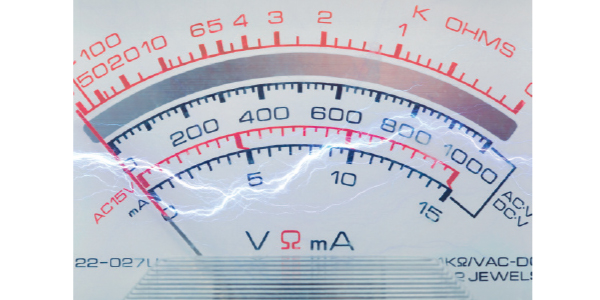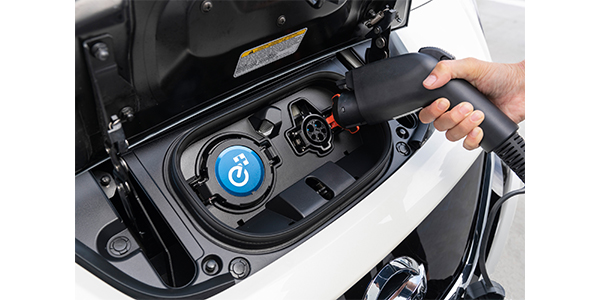Master Cylinders Need Periodic Inspections
Dual master cylinders are configured to operate two separate braking systems.

Nissan Frontier: Finding Failures, Faults
Nissan uses two accelerator pedal position (APP) sensors to transmit a throttle position command.

Solving 2014 Toyota Tacoma Cooling System Sensor Codes
The test monitor reads all relevant serial data parameters passing through the ECM.

How Computers Think
The ways a bad battery can drive a simple diagnosis off the rails are many, so let’s begin this month’s Diagnostic Solutions by reviewing the foundational aspects of how volts, amps and ohms can affect advanced vehicle diagnostics.

Steering It Straight In 4-Wheel Drive Vehicles
AWD vs. 4WD: In contrast to an all-wheel drive (AWD) vehicle, a four-wheel drive vehicle is typically equipped with a two-speed transfer case capable of driving in two or four-wheel drive and a Hotchkiss or “solid” rear drive axle for main propulsion. A four-wheel drive might incorporate either a solid front axle as with older Toyotas and Nissans or an independent front suspension as found in more modern configurations.

How Technology Is Changing Charging System Diagnostics
To better understand the concept of computer-controlled charging systems, let’s begin with the electric load detection (ELD).

Making The Quick Stop: Getting Ready For Active Braking Services
Today, no matter how far our mental faculties might wander, we now have automatic emergency braking (AEB) systems constantly searching our driving lanes for slower-moving vehicles or motionless objects.

Fuel System Diagnostics Is All In The Fuel Trim Numbers
With lean-burn operating strategies being built into many of today’s gasoline direct-injection and gasoline compression ignition engines, it’s important to build a foundational knowledge of how fuel trims work in the real world.

The Battery Electric Revolution
The term “electric vehicles” (EVs) has now evolved to “battery electric vehicles” (BEVs) to differentiate battery-powered electric from fuel cell-powered electric vehicles. Why BEVs? First, and from a manufacturer’s point of view, BEVS meet all federal and state vehicle emissions requirements without continually modifying complex engine designs, catalytic exhaust systems and engine management software.

Dodging The Silver Bullet: How The 21st Century Is Changing Vehicle Diagnostics
While understanding the symptoms of a failure are key to diagnosing the failure itself, replacing an expensive component based upon a symptom rather than a set of factual data is a very risky and expensive proposition. So, in the world of advanced diagnostics, it’s important to begin dodging the Silver Bullet solution as a diagnostic tool.

Old School Versus New: Will Your Old Diagnostic Strategies Work On New Engines?
If your primary workflow consists of pre-2008 models, terms like “Gasoline Direct Fuel Injection (GDI), Homogenous Charge Compression Ignition (HCCI), Variable Compression Ratio (VCR) and Spark-Controlled Compression Ignition (SpCCI)” might sound like engine technologies lurking somewhere in the distant future. But, given that many import repair shops are just beginning to see these engines for advanced driveability diagnostics, your “distant future” might suddenly become your “here and now” when these futuristic engines show up in your service bays.

Diagnostic Solutions: How Electric Power Steering Systems Are Changing Undercar Service
Electric power steering contains a steering wheel position sensor and a steering input torque sensor. The data from these two sensors report to an EPS module, which translates the steering input torque into an appropriate level of steering assist via a pulse-modulated, bi-directional electric motor that’s connected to the steer gear input shaft or integrated into the steering rack assembly. The steering position sensor should read “zero” when the vehicle is traveling straight ahead.

